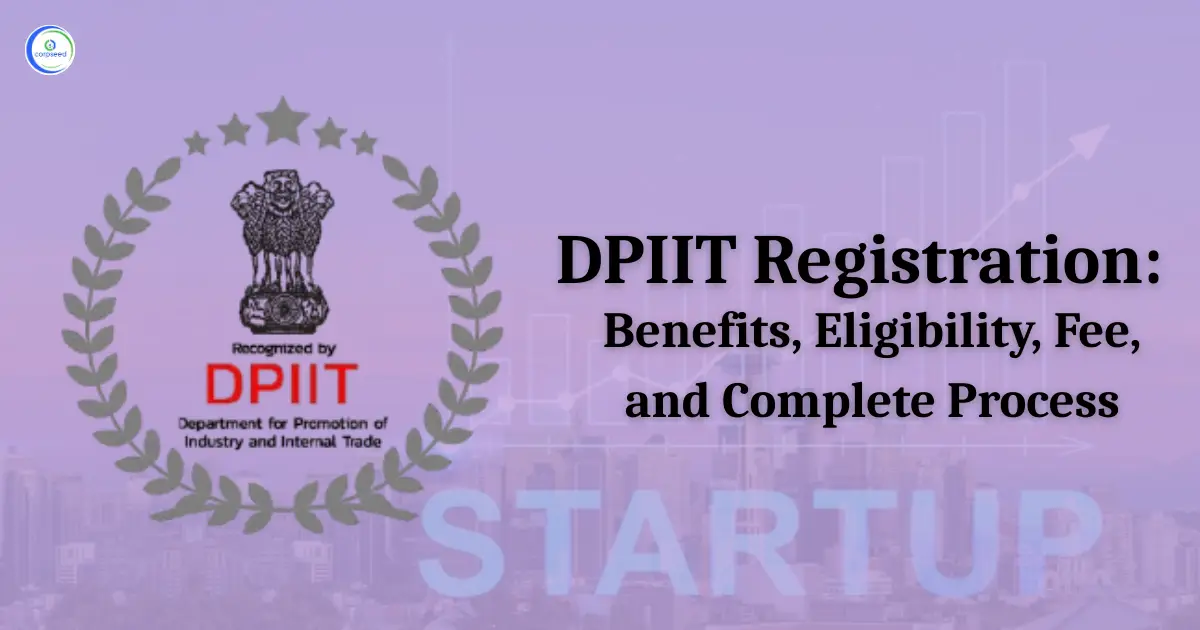Overview: Tobacco License
To sell, manufacture, or import tobacco products in India, you must first obtain a tobacco licence from one of our country's states. The process of obtaining a tobacco licence in India is less stringent than that of obtaining a cigarette licence. Many Indian state governments have implemented a vendor licencing system or are actively working on it. Because our country has such a large number of outlets, enrolling tobacco dealers is a complicated process. Our state and federal governments are working to make a tobacco licencing policy mandatory in India, in order to bring the unregulated industry of various tobacco products under regulatory scrutiny.
Table of Contents
--------------Blog Contact Form-------------
If tobacco vendors break the requirements set forth by the Cigarette and Other Tobacco Goods Act, 2003, they risk losing their licence, and obtaining a licence to sell tobacco products again will be difficult. Before acquiring a tobacco licence in India, vendors must guarantee that their stores and licences have been approved by the municipal administration. Non-tobacco products such as biscuits, chocolates, soft drinks, and other similar items should not be kept by tobacco dealers since they will entice children of all ages. States have improved their compliance with COTPA by introducing and enforcing vendor licencing, which requires all sellers to follow the rules and regulations governing the manufacture, sale, and import of cigarettes and other tobacco products.
Tax Revenue From Tobacco In India
In the fiscal year 2020, India's tobacco tax collection was estimated to be over 356 billion Indian rupees, higher than in prior fiscal years. The sale of legal cigarettes on the organized market generates the majority of tobacco tax revenue.
- Regulating tobacco products: Tobacco products are taxed differently depending on the product; cigarettes are more expensive than ‘bidis’. The Indian government has gradually increased excise duties on cigarettes and other tobacco products, while the sale and use of e-cigarettes was outlawed in September 2019. Tobacco taxes were intended to make tobacco products more expensive; but, because tobacco taxes are not updated for inflation on a regular basis, this has had no effect on usage.
- State-owned companies: Life Insurance Corporation, a state-owned corporation, owned a 28 percent share in ITC. Following the national government's proposed tax hike on cigarettes in fiscal year 2020, the stock price of India's largest tobacco manufacturer, ITC, plummeted. The government also profited from tobacco-related charges for driving while intoxicated. For example, in 2018, the Delhi traffic police prosecuted approximately 4,000 instances.
Market Insights
India is the world's second-largest tobacco producer and third-largest exporter. Almost 46 million people are employed in the tobacco sector. With the Tobacco Board of India's evolving facilities, the market saw a total (made and unmanufactured tobacco) export of INR 60.84 billion in FY 2018.
Segment-wise Market insights
Tobacco is primarily harvested in two kinds in India: cigarette tobacco and non-cigarette tobacco. Non-cigarette tobacco has a market share of 69 percent in 2017-2018. Cigarette tobacco production has decreased dramatically over the world, resulting in an increase in non-cigarette tobacco sales. “Khaini” accounted for 11 percent of total consumption, while “beedi” and cigarettes accounted for 8%. This market has grown due to the use of smoking devices such as hookah, “hookli”, “chhutta”, “dhumti”, “chillum”, as well as edible tobacco such as “mawa”, “snuff”, “gutka”, and “pan masala”. When it comes to the whole segment of smoked tobacco, legal cigarettes account for 10% of consumption and 86% of taxable income. This means that, despite the fact that smokeless tobacco has the highest rate of consumption, legal cigarettes generate more money. Despite the fact that nicotine causes addiction and drunkenness, Indians use a substantial amount of it, particularly in the form of smokeless tobacco. ITC Ltd. now has the biggest market share (84.27 percent) among India's top cigarette manufacturers, based on sales. Minor companies such as Kothari Products Ltd., Godfrey Phillips India Ltd., VST Industries Ltd., and others get the rest of the share.
How to Obtain Tobacco License in India?
- In India, obtaining a cigarette licence has become a must as the government seeks to protect the future of children under the age of 18. Furthermore, the government is conducting additional surveillance of tobacco dealers to determine whether they are adhering to the COTPA rules as well as other health guidelines.
- There is a strong law prohibiting the sale of cigarettes or other tobacco products to youngsters under the age of eighteen. You must follow this advice regardless if you wish to receive a licence for tobacco products or cigarettes.
- Tobacco goods or cigarettes may not be advertised in any way. To obtain a tobacco licence to sell and produce tobacco products, tobacco vendors must adhere to this stringent policy. There are additional restrictions on tobacco sponsorship and any publicity related to such sponsorship. Tobacco control rules also prohibit the display or exhibition of advertisements in the form of handbills, posters, films, videos, and other media. Warehouses or stores that sell and distribute tobacco products or cigarettes, on the other hand, can show tobacco product and cigarette advertisements if they choose to. These shops or warehouses are not subject to any restrictions, thus they are allowed to display posters and advertisements at the front gate or within their establishments.
- Tobacco retailers must guarantee that clients are not misled by misleading labelling or packaging, such as stating enticing phrases on tobacco products and cigarettes. According to the requirements outlined in the tobacco licencing guidelines, the product's label must include a specific warning in order to send a strong message to the public and raise awareness. It is up to them, though, whether they will learn from them or simply disregard them. The production, distribution, supply, and import of cigarettes and other tobacco goods should keep things clear and easy to comprehend by displaying images that indicate the hazardous impacts of using these items. Tobacco control rules in India make it illegal to sell tobacco products within 100 yards of educational institutions. Aside from that, some states have outlawed the sale of gutka and single cigarettes, as well as different kinds of smokeless tobacco, while others seek to do so with limits.
- Licensed merchants must follow the terms of the Cigarettes and Other Tobacco Products Act of 2003 and the Juvenile Justice Act of 2015. The selling of non-tobacco products at tobacco stores attracts the attention of children who do not grasp the difference between right and wrong, according to this provision. It would also be regarded as astute marketing tactics.
- Those interested in obtaining a tobacco license in India for the purpose of selling tobacco products should be informed of the Code of Criminal Procedure, 1973, as well as the repercussions of chargeable offenses.
This portion of the site is for informational purposes only. The content is not legal advice. The statements and opinions are the expression of author, not corpseed, and have not been evaluated by corpseed for accuracy, completeness, or changes in the law.
BOOK A FREE CONSULTATION
Get help from an experienced legal adviser. Schedule your consultation at a time that works for you and it's absolutely FREE.









